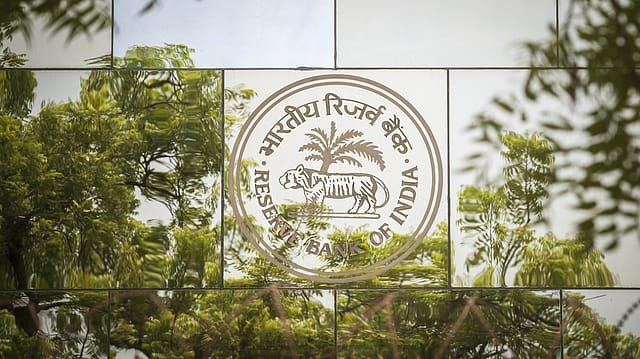Stagflation risk in India currently lower at 1%: RBI
ADVERTISEMENT

The Reserve Bank of India (RBI), in its monthly bulletin for December 2023, says stagflation is a major concern for the central bank as it has the potential to destabilise the entire macroeconomic framework by creating an environment of uncertainty.
Stagflation or recession-inflation means a situation when inflation continues to rise, but at the same time growth slows, while keeping unemployment high.
The RBI, which maintains price stability while keeping growth objectives in mind, says higher commodity prices and the appreciation of the US dollar post-pandemic raised concerns of stagflation globally. Add to it, the delays in the monetary normalisation process post the COVID-19 pandemic also raised costly stagflation concerns.
The RBI bulletin article on stagflation, written by Deba Prasad Rath, Silu Muduli and Himani Shekhar, says the central bank’s study integrates the “Inflation at Risk” (IaR) and “Growth at Risk” (GaR) frameworks to identify stagflation risk in India. They attempted to assess the stagflation risk in India identifying two significant risk factors: financial conditions and depreciation of the INR against the USD.
"Compared to the historical episodes stagflation risk is currently lower at about 1 per cent, which could be attributable to several factors," says the report.
In the case of India, write the authors, commodity price shocks are not as “severe and persistent”.
"Moreover, given the focus of central banks on maintaining price stability worldwide and healthier financial positions of financial institutions, the long-term inflation expectations have largely remained well-anchored to the inflation target unlike during the 1970s when inflation expectations were weakly-anchored and went to exorbitantly high levels," the report adds.
January 2026
Netflix, which has been in India for a decade, has successfully struck a balance between high-class premium content and pricing that attracts a range of customers. Find out how the U.S. streaming giant evolved in India, plus an exclusive interview with CEO Ted Sarandos. Also read about the Best Investments for 2026, and how rising growth and easing inflation will come in handy for finance minister Nirmala Sitharaman as she prepares Budget 2026.
While stagflation is usually a result of supply shocks such as a sudden spike in commodity prices, the risks could also propagate through knock-on effects through their impact on other macroeconomic variables such as a sudden depreciation of the exchange rate or a tightening of financial conditions.
The RBI report says data over the past two decades shows India experienced a higher risk of stagflation during global financial crises, the taper tantrum, and the COVID-19 pandemic.
"Our historical analysis reveals specific periods with higher stagflation risk, notably during events like the Asian Crisis (1997-98), the Global Financial Crisis (2007-09), the Taper Tantrum (2013), and the COVID-19 pandemic. During these, identified periods, the risk of stagflation was elevated due to various economic challenges and external shocks."
However, the stagflation risk arising post-COVID-19 has subsided reflecting the easing of financial conditions, contained depreciation of the INR/USD exchange rate and stable domestic petrol and diesel prices.
Furthermore, post-pandemic gradual recovery in demand conditions and moderation in CPI headline inflation have been in line with the RBI’s assessment of a cut in stagflation risk to about 1%, the report adds.
Going ahead, the inflation outlook will be considerably influenced by uncertain food prices. High-frequency food price indicators point to an increase in prices of key vegetables, which may push CPI inflation higher in the near-term, the RBI says, adding that elevated global sugar prices is also a matter of concern.
